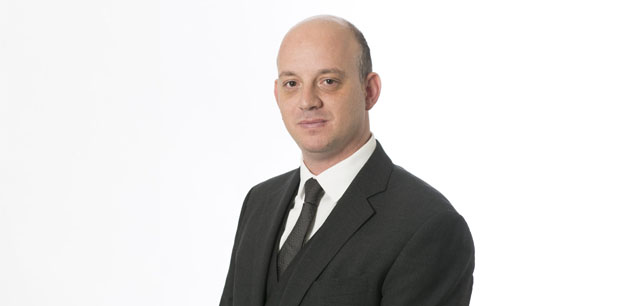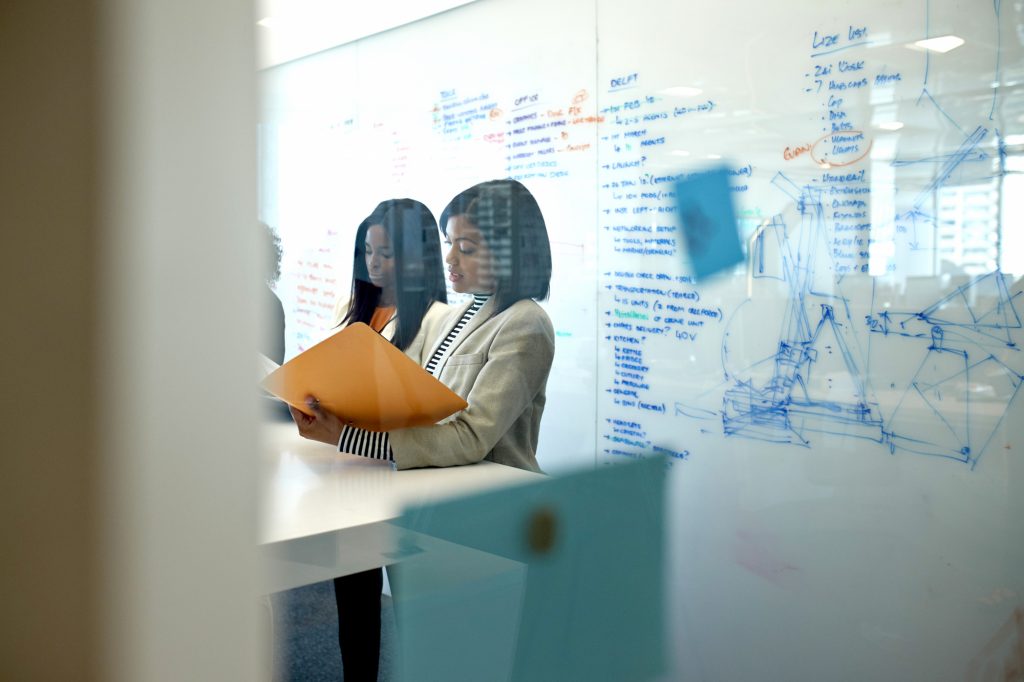
Quarterly Outlook: Beyond Covid
The persistent dichotomy between stock market performance and economic performance has been a particularly hard puzzle for investors. While it is very clear that the previous 12-year economic cycle has undoubtedly come at an end, the financial cycle, thanks to central banks, has survived a five standard-deviation event (1 in 3.5 million probability), and continues unabated. With the global economy in turmoil, can stock and bonds be trusted to create or even maintain wealth?
Despite euphoria about another convincing display of the “Fed Put”, investors are understandably worried and reticent as corporate earnings, which depend on real demand for goods and services as opposed to artificial demand for stocks, did not rebound along with stock prices, rendering risk asset valuations extremely expensive by any conceivable metric. Analysts are estimating a 30%-40% drop in earnings due to the pandemic, without expecting a full rebound until well past 2025. And, of course, when one looks at the actual damage to the global economy and the potential for high unemployment, one wonders when a modicum of healthy and self-sustaining demand will come back online. Investors have spent 12 years convincing themselves that economies and stock markets can remain medium-to-long-term disconnected longer than they could possibly hope to bet against that outcome. During that period, the US economy rose by an average of 2.4% per annum, as opposed to the S&P 500 which averaged 9%. And capital investments, which had risen 58% in the three years preceding the global financial crisis, have fallen 8% cumulatively in the 12 years since. But it is very difficult to accept that fiat currency can be ad infinitum printed to support risk assets, in a manner completely disconnected from the real economy, without any repercussions.
Enter, once more, the Fed, which in mid-September all but promised not to raise interest rates until 2023 and will accept higher than target inflation in a bid to allow the economy room to perform a rebound. But, also importantly, Mr. Powell ignored market expectations and didn’t further increase Quantitative Easing (QE). Which begs the question: when the Fed’s balance sheet has increased six-fold over the past twelve years, it is a bit curious why it would choose this particular moment to let markets down. Whether this was an isolated incident or a new policy of less reliance on QE is still up for debate. That QE is by and large ineffective in times when credit is not frozen it is well documented. Market operations can also be used proactively, to make sure credit doesn’t freeze. But for years, observers have been criticising the practice as an incentive for massive capital misallocation, something the global economy can ill-afford during times of unprecedented economic contraction and rising unemployment pressures. Case in point, Covid-19. In China, huge resources were devoted to quickly and exponentially increase healthcare capacity. In the QE-driven west, resources during the crisis were diverted into stock markets rather than hospitals.
So the major question investors now have to answer is: Is Covid-19 the proverbial straw that broke the camel’s back – the camel being an already ailing and malfunctioning liberal capitalistic system? And if so, while QE may have been beneficial for risk assets in the previous economic backdrop where the economy was at least somewhat functioning, can it continue to drive risk assets to defy all other fundamentals, even if the underlying economic system is identified as broken?
Human brains are hardwired to pay maximum attention to the problem at hand, what psychologists dub “availability bias” and downplay other issues, already known and analysed. Thus, it may be easy to focus on the damage the “Great Lockdown” of March-April has done to the global economy, trade and supply chains, and not to the backdrop of “secular stagnation”, upon which this crisis unfolded. Secular stagnation refers to the 12 years that passed after the global financial crisis of 2008 which saw sluggish growth, low job quality and wage growth and as a result higher savings and lower investment rates. Importantly, the period saw governments and central banks focusing more on stabilising the financial system and suppressing financial risk but not managing risks in the real economy, thus driving flows into global stock and bond markets and, unavoidably in a low growth environment, away from real businesses.
Outlooks are deemed necessary by markets and investors especially in unprecedented times such as this, when uncertainty reigns supreme. And frankly it is easier to produce one, as the capacity for analysis is low, since a key variable, the course of Covid-19, is completely unknown, leaving significant room for speculation. In other words, the balls are up in the air and the future is so open-ended that any forecast about it becomes legitimate.
How the Covid-19 Crisis will play out may just not be predictable. Or rather, the only certainty in a situation like this is unpredictability. If we can’t forecast with a degree of certainty that will result in high-confidence investment decisions, there are three things investment committees must do:
1) they must remain diversified and able to benefit from varying outcomes,
2) they must refrain from taking significant low-confidence bets “just because they feel they have to”
3) they must make sure they are asking the right questions.
Our investment committee approach
To the first and the second points, our investment committee has taken the approach that our portfolios are sufficiently diversified to navigate investors through these tumultuous times. Our overweight and underweight positions, more prominently an overweight in Gold and an underweight in Fixed Income, reflect longer term concerns about the effect of so much fiat currency flooding the economy and very low yields on most bonds. Our gradual move away from our UK home bias reflects the idea that we need to focus on finding growth in a world that doesn’t grow and that currency fluctuations are a risk which can be mitigated and can provide diversification benefits.
On the third point, we are focusing on the Five Debates we think all investors should be considering:
1) The New Economy: Is the current economic system indeed dysfunctional and if so what would a new economy look like and how will demand be affected?
2) The New Asset Allocation: Given low bond yields and dampened demand, is traditional asset allocation still effective?
3) The New Geopolitics: Economic growth is often a function of power. As the West loses its step, the East rises. Traditional alliances shift and the world turns from multilateralism into bilateralism, as globalisation falters. How will seismic geopolitical shifts affect risk assets?
4) The New Consumer: Consumers are frustrated, conservative, savings-prone, faced with higher unemployment, lower salaries and – if the Fed succeeds – higher inflation. Additionally they face working from home as a permanent reality. How will Covid-19 affect consumer behaviour over the longer term.
5) The New Business: Businesses struggle with low income and face the prospects of trimming personnel. Supply chains have been disrupted, some permanently. On top of everything, Brexit is rearing its head again. What might the new business landscape look like?






















Comments